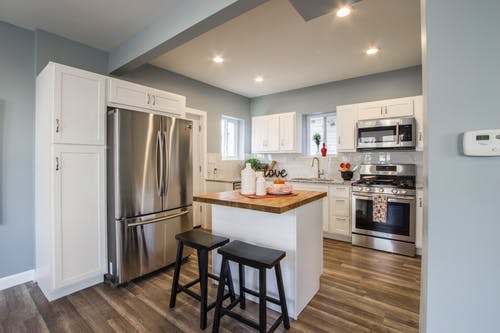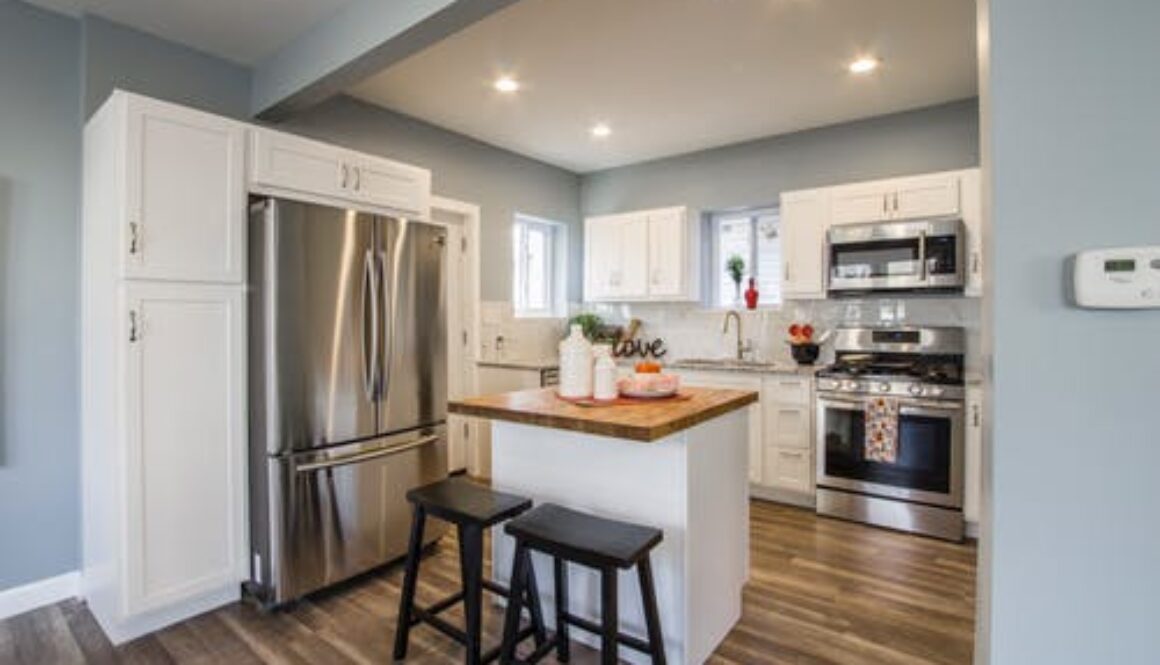Making Cooking Magic in a Commercial or Home Kitchen

The kitchen has always been a source of ancient magic and
primeval science. It takes plenty of experience to make a bowl of soup to make
your grandmother proud. It is the realm of grandmothers, with their ancestral
memories providing them with guidance and support whenever they prepare a dish
for family and friends.
Each ingredient is measured by hand, by feel, and
approximation. Cooking by feel comes from years of practice. Expert cooks know
their kitchen and can find their way through the utensils and pantry
blindfolded. If an ingredient is not available, there is always a way to make the
dish delicious and the dinner memorable.
approximation. Cooking by feel comes from years of practice. Expert cooks know
their kitchen and can find their way through the utensils and pantry
blindfolded. If an ingredient is not available, there is always a way to make the
dish delicious and the dinner memorable.
Industrial Kitchens
A restaurant kitchen, a commercial bakery, as well as
industrial food laboratories, aim to deliver consistent quality food every day.
The measurements are not in pinches or handfuls but cups and gallons, kilograms
and pounds. These kitchens feed people in the hundreds daily, or even in the
thousands. The flavor is subtle but measured in large quantities.
industrial food laboratories, aim to deliver consistent quality food every day.
The measurements are not in pinches or handfuls but cups and gallons, kilograms
and pounds. These kitchens feed people in the hundreds daily, or even in the
thousands. The flavor is subtle but measured in large quantities.
The commercial kitchen is where equipment likemeasuring jugs from New Zealand,
Italian coffee machines, and German weighing scales all come together to create
commercial masterpieces. Before the restaurant opens for business, it requires
akitchen checklist. The checklist includes all
the equipment needed to run the kitchen efficiently, economically, quickly, and
profitably, such as stainless steel stovetops, serving size skillets and large grills
and stoves.
Italian coffee machines, and German weighing scales all come together to create
commercial masterpieces. Before the restaurant opens for business, it requires
akitchen checklist. The checklist includes all
the equipment needed to run the kitchen efficiently, economically, quickly, and
profitably, such as stainless steel stovetops, serving size skillets and large grills
and stoves.
The Right (Size) Kitchen Equipment
Regardless of whether it’s a home kitchen or a commercial
one, safety is an essential component in the kitchen. But the commercial
kitchen should have more than stoves, ovens, refrigerators and the usual food
processors.
one, safety is an essential component in the kitchen. But the commercial
kitchen should have more than stoves, ovens, refrigerators and the usual food
processors.
Commercial kitchens require walk-in freezers, fire alarm
systems, large measuring cups and commercial ovens that could cook food for
large groups. These commercial kitchens could require machines that can mix
ingredients and store food in vacuum-sealed packs.
systems, large measuring cups and commercial ovens that could cook food for
large groups. These commercial kitchens could require machines that can mix
ingredients and store food in vacuum-sealed packs.
In such a setting, measuring tools and equipment such as
thermometers and measuring jugs are the basic requirement, especially for
commercial food manufactures. Commercial food establishments such as
restaurants might require large pantries and walk-in refrigerators but smaller
cooking equipment in the kitchen.
thermometers and measuring jugs are the basic requirement, especially for
commercial food manufactures. Commercial food establishments such as
restaurants might require large pantries and walk-in refrigerators but smaller
cooking equipment in the kitchen.
Having the right equipment ensures that food served in large
quantities will have the same quality, taste, appearance and smell.
quantities will have the same quality, taste, appearance and smell.
Commercial and Home Kitchens Still Need Attention
The pace in a commercial kitchen is fast and furious, but
that does not mean the food served is not given the same attention and love as
in a home kitchen. In truth, the food served needs more attention and detail in
a commercial establishment.
that does not mean the food served is not given the same attention and love as
in a home kitchen. In truth, the food served needs more attention and detail in
a commercial establishment.
Doing so ensures diners and customers that they are being
served nothing less than quality and that diners are served quality ingredients
at a timely pace. No long waits, no disgruntled customers and diners, and
quality food that meets international dining standards. What more could a
dining customer ask?
served nothing less than quality and that diners are served quality ingredients
at a timely pace. No long waits, no disgruntled customers and diners, and
quality food that meets international dining standards. What more could a
dining customer ask?
So the next time you step into your kitchen, you should
realize the science needed behind the creation of any dish, as well as the
magic touch a cook or chef needs to bring that extra “zing” to a
dish.
realize the science needed behind the creation of any dish, as well as the
magic touch a cook or chef needs to bring that extra “zing” to a
dish.
Photo Credit: Pexels.com
Visit our website at www.yourethebride.com and “LIKE” our Facebook page at www.facebook.com/yourethebride or follow us
on Instagram at www.instagram/com/yourethebride
on Instagram at www.instagram/com/yourethebride

